In late autumn of 2007, in the basement of The Great Hall in Toronto's west end, a group of makers gathered for a new kind of holiday sale. Unlike the folksy craft shows that take over churches and legion halls across the country at this time of year, its focus was on the work of a new generation of artisans – twentysomethings with talents for everything from printmaking to pottery – rediscovering the idea of creating things with their hands and selling them to a group of consumers growing skeptical of mass production. "The show was small and it was dark, because the whole room was painted black. But the space just came alive after all the vendors filled it with their work," says Kalpna Patel, an accomplished creator and designer who exhibited at the first City of Craft. "It really felt like a moment."
Since 2007, the number of visitors paying the $3 admission to attend has more than doubled to about 4,000. The show, which marks its 10th anniversary at The Theatre Centre this weekend with City of Craft X: Handmade Decade, has grown alongside similar independent fairs held around the world. There's the East London Design Show in the U.K. capital, The Finders Keepers in Sydney, Australia, and the Renegade Craft Fair, which has expanded from Chicago to a total of nine cities including New York and Los Angeles and has seen more than 300,000 attendees since 2003.
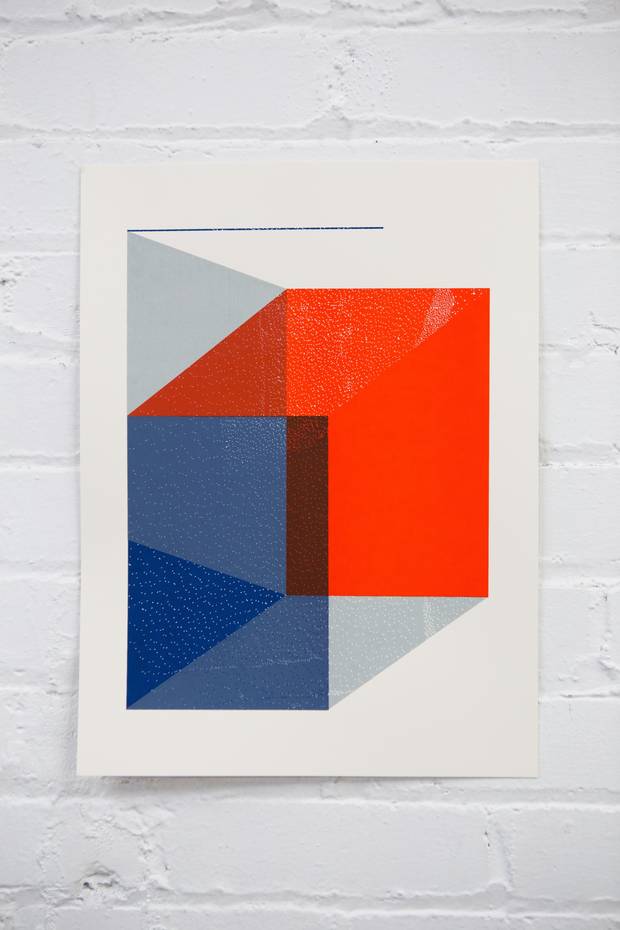
Illustrator Christine te Bogt
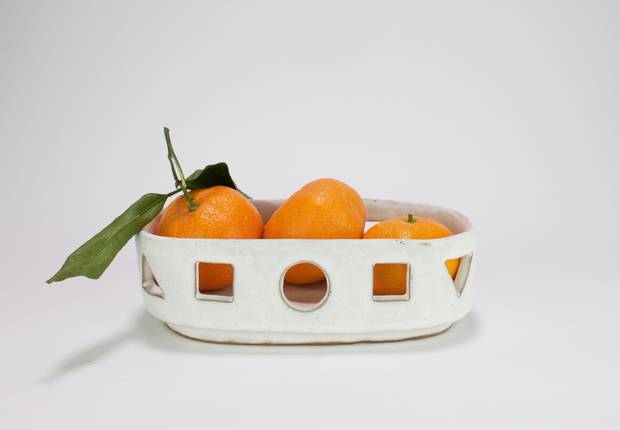
Ceramic artist Julie Moon
It seems only natural that as people spend more time engaging digitally, they crave unique opportunities for personal connections and that yearning extends to the objects that surround them – and increasingly the handmade aesthetic found at City of Craft, which is particularly coveted at this time of year.
"Crafting never really disappeared, but it did get subcultural and the aesthetic got stagnant," says Gary Markle, associate professor of fashion and chair of the craft division at the Nova Scotia College of Art and Design. "Then the Digital Age hit. You're now able to see images instantly from all over the world. But then you have people who are fatiguing of this and want to embrace the tangible in a meaningful way." Markle cites the resurgence of knitting as one of the forerunners of the crafting movement. "It's the yoga of the craft world," he says.
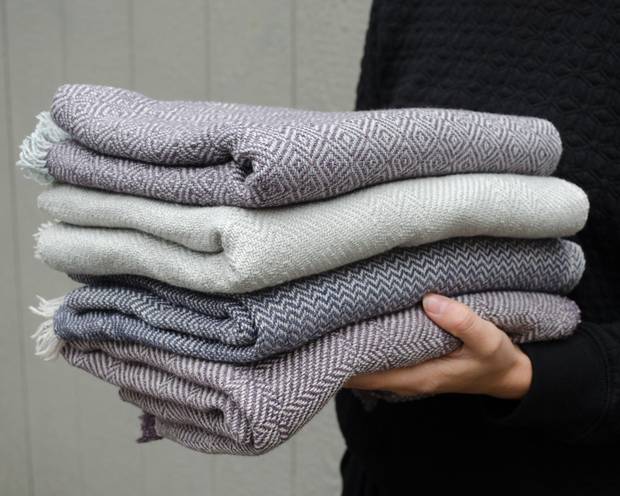
Textile artist Amanda Rataj.
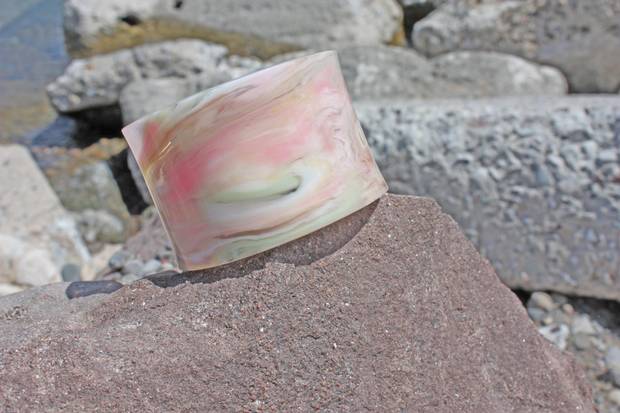
Designer Corey Moranis
When it began a decade ago, City of Craft provided Toronto's maker community with a venue to showcase work in an intimate setting without prohibitive vendor fees. "There are a lot more opportunities now for craftspeople to get their work out there," says Patel, adding that attendees are not just individuals out in search of gifts. "Shop owners don't want manufactured things that you can find in every storefront, and they're really hunting to find unique stuff."
Beyond independent boutique owners, mass retailers have also recognized the value in working with makers, further raising the industry's profile and the cachet of its handcrafted goods. Furniture retailer CB2 is well known for its collaborations, which recently included a second collection designed by students of the School of the Art Institute of Chicago.
"We work with a lot of independent designers who often make products themselves in a workshop," says product manager Sara Khodja. "What's great is that even when we work with larger factories, they often use traditional craft techniques in manufacturing that are more commonly associated with one designer making a single piece." Some of these products include the Tortuga vase, made by several artisans using a traditional Peruvian pottery technique that dates back to pre-Incan times, and the Hexagon side table, a hand-welded aluminum pedestal coated in a rose-gold finish.

Jewellery designer Rachel Blair-Johns
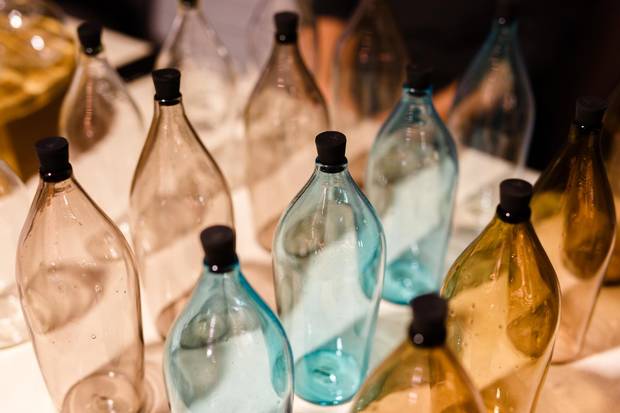
Glass artist Jesse Bromm
Other big-name retailers that have recently tapped into the talents of makers include Gap, which featured the work of Polish crochet artist Olek on a jacket that hit shelves on Dec. 1 to mark World AIDS Day, and Ikea, which in May launched the limited-edition Viktigt collection of glassware, furniture and textiles designed by famed Swedish ceramist Ingegerd Råman.
But it's Etsy, the Brooklyn-based e-commerce site that launched in 2005 to help makers connect with a global customer base, that is the integral component of the maker economy. Etsy now boasts about 1.6 million sellers offering 35 million products to 25 million active shoppers; in 2015, its annual gross merchandise sales totalled $2.39-billion (U.S.).
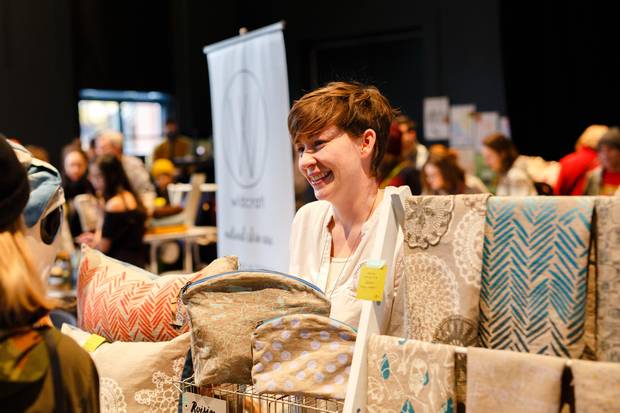
Textile artist Roisin Fagan.
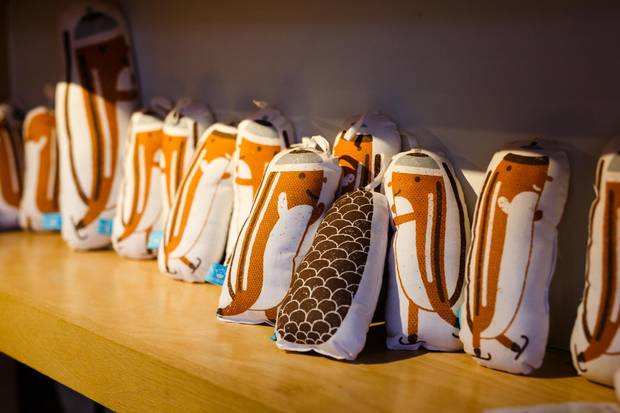
Ian Phillips
Many of the City of Craft exhibitors also sell their wares on Etsy, but online shopping will always lack the sense of intimacy and community found at shows. "People really enjoy meeting those who make the work. There's a huge disconnect in consumer culture when you're used to buying things online or in stores; they're just objects," says Patel.
Beyond the products, international retailers like & Other Stories, Anthropologie and Free People play off the craft show's quirky, hodgepodge looks with in-store displays, where a curated eclecticism adds cheerful personality to shelves.
"These stores have objects that appear one-of-a-kind or artisanal, with lo-fi approaches that seem like one a crafter would employ, like embroidery and embellishment," Markle says. "It doesn't look like it was made in a factory until you look more closely."
While retailers have long used merchandising techniques to appeal to customers by conveying an air of intimacy (such as subdued lighting and display materials that look reclaimed), the ongoing popularity of the maker aesthetic means this ersatz originality continues to be incorporated into marketing strategies. "The difference for people who are perceptive is that they can feel the embedded energy. You can feel the earnestness of the handmade over the simulacra of the mass brand," says Markle.
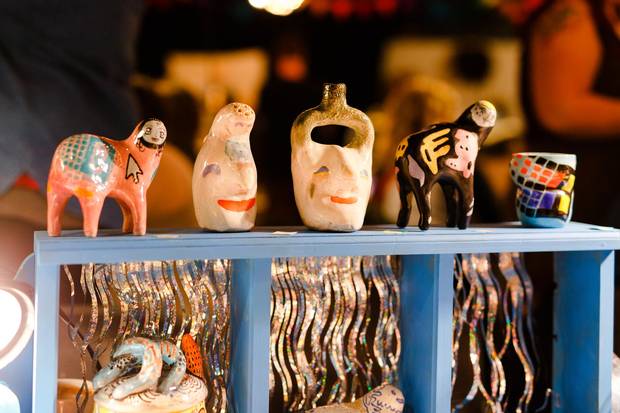
Kaley Flowers
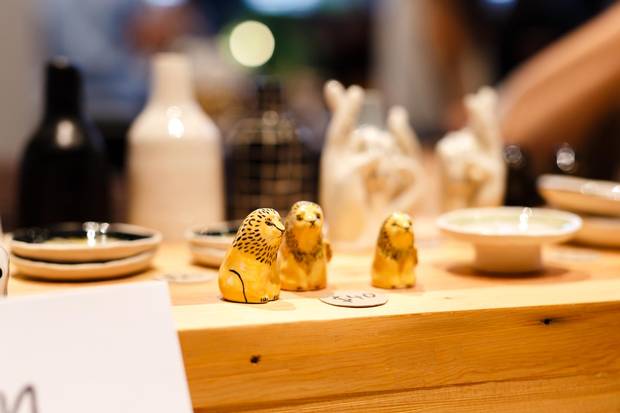
Keep Company
This year at City of Craft, the more than 60 exhibitors – chosen by a 12-person jury made up of members of the show's committee, including the three founders (Becky Johnson, Jen Anisef and Leah Buckareff) as well as guest jurors, among them, Michelle Organ, a ceramicist who runs a shared maker workspace called The Shop, and Natasha Singh, a marketing producer at e-commerce platform Shopify – come from a wide range of backgrounds, with specialties that run the gamut from jewellery to illustration to weaving. Toronto-based Amanda Rataj is a first-timer at the show; her mother taught her to weave on a loom she picked up at an OCAD University sale of used equipment. She's joined by fellow rookies Christine Tebogt, a screen printer who's been a long-time visitor of the show but only recently begun pursuing craft as a career, and jeweller Rachel Blair-Johns, who will be making the trek from Dartmouth, N.S. with her handmade silver and brass pieces.
Other established makers drawn to City of Craft from further afield include Raymond Biesinger, a Montreal-based illustrator who started the Royal Bison Art and Craft Fair in his previous home of Edmonton. He sees the popularity of his prints stemming from the personal and playful way they update a living space. "More than ever people are taking photos of their homes," he says, highlighting social media's effect on cultivating a home with a curated mix of objects. "It's definitely about identity."
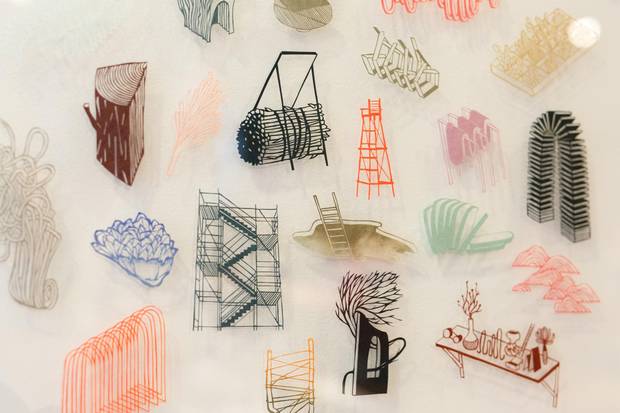
Annyen Lam
Going forward, City of Craft will maintain its weekend event but is expanding its programming to include installations, workshops and other activities that foster more of a festival feeling. Throughout the year, fans of the show's playful decor – past schemes have focused on garlands of multicoloured polka dots or three-dimensional paper clouds – can visit the lobby café at the Theatre Centre to see revolving installations curated by the organizers. It's part of an overall strategy to bring art and creativity into the lives of its audience, one that aims to shift the way consumers think about what they buy and how they buy it.
"You're putting your money in the hands of this person whose blood, sweat and tears went into making it, to feed them and shelter them and sustain their practice and encourage them to grow," says Patel. "It's important, especially these days, to keep that alive."